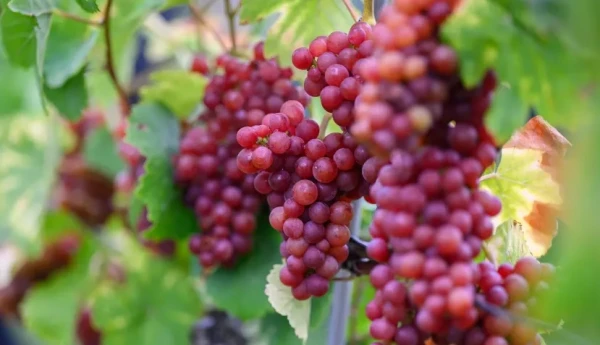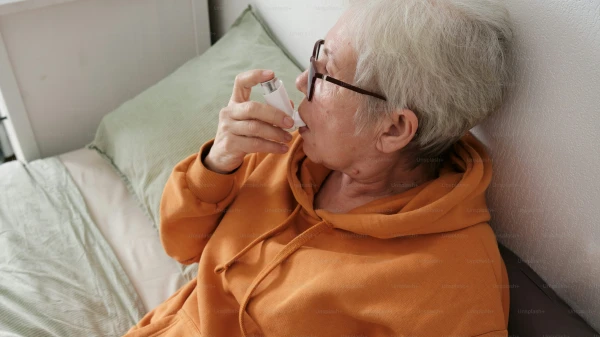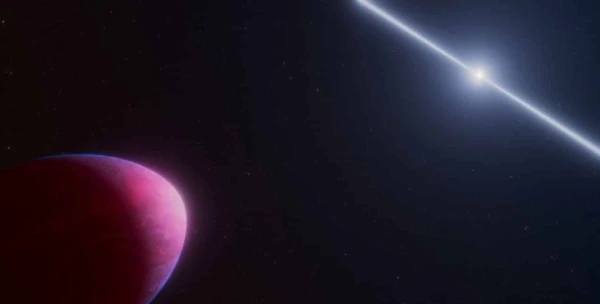
Before us is a genuine relic from the early 20th century.
The peace in the noble family of champagne houses has been disrupted by pink chardonnay — a grape variety discovered in the vineyards of Champagne at the very beginning of the 20th century and recently officially permitted for use. Experts predict a bright future for this variety and call its legalization "a small revolution in French vineyards."
Strangely enough, pink chardonnay is not a new hybrid variety created in pursuit of the trend for all things pink. The Drinks Business reminds us that pink chardonnay is a genuine relic from the early 20th century. The variety was discovered by ampelographer Rémi Courrier-Péren in 1900 on his vineyard in Champagne. The scientist had the intuition to preserve the discovered mutation in his personal collection, and in 1926, he described it in the journal Le Vigneron Champenois. Thus, the first written mention of pink chardonnay appeared. In 1950, the variety was included in the collection of the French National Institute for Agricultural Research (INRAE), where it was preserved for decades.
Contrary to the common belief that Champagne wines are made from three grape varieties (chardonnay, pinot noir, and meunier), seven varieties are officially permitted in the renowned wine region: pinot noir, meunier, chardonnay, arban, petit meslier, pinot blanc, and pinot gris.
Pink chardonnay has officially become the eighth permitted variety. The decree for its legalization was published on July 31, 2025, in the Journal officiel de la République Française and ratified on August 5.
Sophie Claeys, an expert on champagne heritage, calls pink chardonnay "a symbol of preserving traditions with an eye to the future." "The champagne industry is bringing a lost piece of history back to life, adding biodiversity without risking authenticity," she writes.
Work on rehabilitating this variety began in 2017 under the auspices of the Champagne Interprofessional Organization. Pink chardonnay (like white chardonnay) was often confused with the related variety pinot blanc in the early 20th century, but genetic tests confirmed that pink chardonnay is a mutation of white chardonnay with almost identical organoleptic characteristics. However, the pink variety has slightly higher titratable acidity, and consequently lower pH, which can be considered an undeniable advantage in the context of global warming. Experts believe that pink chardonnay is perfectly adapted to the needs of champagne producers.
Jean-Baptiste Lécaillon, chief winemaker at Louis Roederer, is already planning plantings. According to him, this is a quick way to increase biodiversity, especially relevant in the era of climate challenges. Although pink chardonnay is still rare, its integration into specifications should give rise to a wave of bold experiments.














Leave a comment